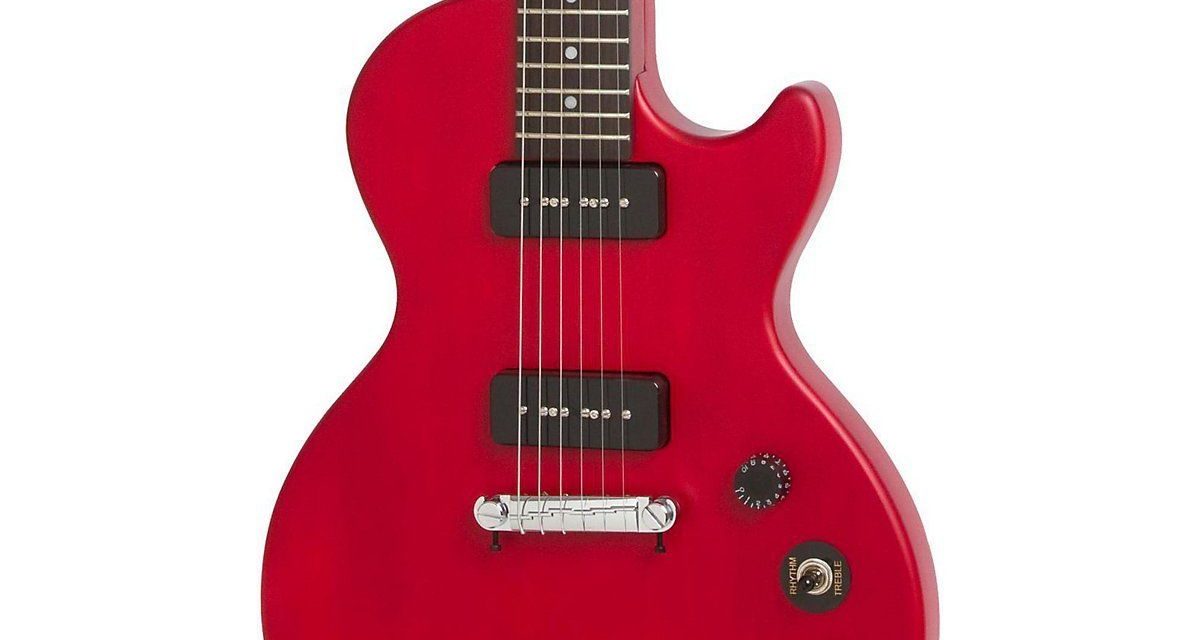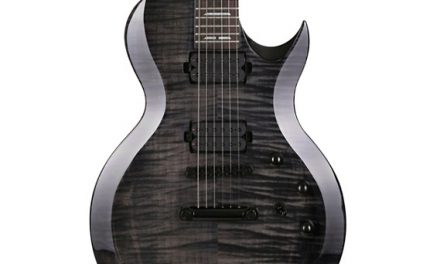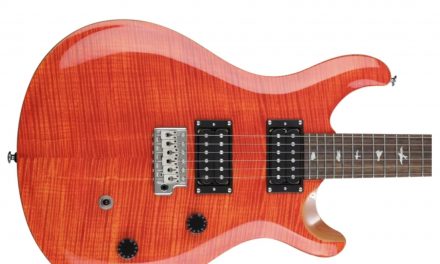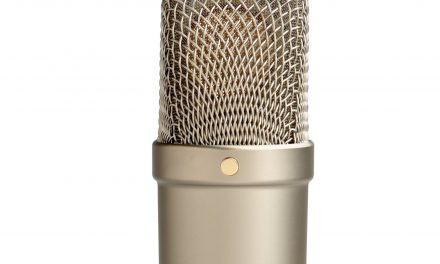You are tempted to buy this thing every time Guitar Center puts it on sale for $99.
Me too. I’ve played this guitar in the store several times over the past few years. One thing I can tell you for sure is that the color of the body doesn’t affect the tone. The other thing I can tell you is that this is not a very good guitar.
But for $99 on sale, is it worth buying? No.
The original Gibson Les Paul Special was supposed to be an inexpensive slab body guitar for students. Both the P90 and humbucker versions of the guitar have been popular with rock stars, so now Gibson sells it for a mere thousand dollars. The Gibson Les Paul Special is a great playing and sounding guitar. It’d be a good buy used for $500. The fact that Gibson charges a grand for it is laughable. But let’s get back to the Epi version.
Epiphone will always be compared to Squier because Gibson owns Epiphone and Fender owns Squier. And if you compare the Epiphone Les Paul Special to, say, a Squier Bullet, the Epi doesn’t fare well. At all. The tuners on the Bullet are better. The bridge is better. It plays better. IMHO it also sounds better, though that’s subjective. Certainly you can get less hum and buzz out of the Bullet. It’s more versatile.
But if you’re buying the Epi LPS, you’re buying it for the P90 pickup. You want that raw rock and roll crunch sound. Does the Epi at least deliver that? Well… pretty much sorta kinda? To me, it sounds like an inexpensive P90. But it does sound like a P90. If you have a home studio and you are broke, and you want something, anything with a P90, this is an option. It could definitely work on a recording. But it goes out of tune because the tuners suck and the intonation is bad because the bridge sucks. If you’re going to bother recording this thing, you ought to replace the tuners and the bridge. And now you’ve got a total of around $200 into this guitar, and you could have bought the GFS Slick SL60 for around that, and it is a WAY better guitar.
Would I buy one of these used for $50? Um… nope.
Some of you are thinking “This article is STUPID! I bought one of these things, and I love mine, and I clicked on this link because I wanted that Budget Guitarist guy to say what I wanted to hear. To say this thing rocks for the money!” I get it. This guitar sucks, but I’ll still pick it up in Guitar Center and play it every time the thing’s on sale. Because I WANT to like it. I don’t hate Epiphone. I own an Epi Les Paul Standard Plus, and an Epi ES339. And the 339, which I bought for $199, is a great budget guitar. GREAT deal. Honestly, I think Epiphone’s real strength is in semi-hollow body guitars. I think they’re very good at them and charge a reasonable price. Epiphone makes some great looking Les Pauls, and if looks really matter to you and you’re not loaded, a used Epi Les Paul can be a good deal. But the Epi LPS is a junk guitar and you’ll eventually get rid of it. This is like that no-name DVD player at WalMart for $9.99. You’re going to end up unhappy. Save your money until you have $200, then buy used. If you HAVE to have a guitar for $99, buy a used Squier Affinity Strat. It’s a far better guitar.
For the Beginners…
This last bit is for those of you who don’t know much about electric guitars. In this article I said the tuners and bridge suck on this guitar. Here’s what I mean. Tuners do an important job – they help keep the guitar in tune. A good set of tuners can be had for around $50, and a great set can be had for around $80. Give or take. Manufacturers can save money by using cheap tuners because brand new guitar players might not notice the difference. But cheap tuners have two problems – they have low ratios so it’s harder to dial in the exact pitch you need to be in tune, and they can slip a bit, which causes the guitar to go out of tune. On a great guitar made of great wood that has been properly aged and the water content of the wood is super low, you actually could get away with cheap tuners. You shouldn’t, but you maybe could. But on a cheap guitar like this, where the water content of the wood is questionable (as is the wood quality,) you’re already going to be going out of tune. Put cheap wood with cheap tuners and you have problems.
The bridge on a good guitar has adjustable saddles. That means you can dial in the intonation of each string and fine tune it, literally. A guitar with the intonation set well is a joy to play, because all of the chords sound good. If your intonation is off, some chords will sound good and some will be out of tune. No guitar plays every chord perfectly in tune, nor does any piano. But on a properly set up guitar, you can achieve a state of tuning where all the chords at least sound good. On an expensive guitar it is possible to have a bridge with non-adjustable saddles and still be intonated properly – almost all acoustics do. Many PRS guitars do. But if you have some iffy wood, you’ve got problems. You can buy a replacement bridge for this guitar that will have adjustable saddles. And that will allow you to dial in your intonation and make the guitar sound better. So if you did buy one of these things and you’re frustrated with it, you might want to consider replacing the bridge. If you can only afford to replace the tuners or the bridge, replace the bridge.





